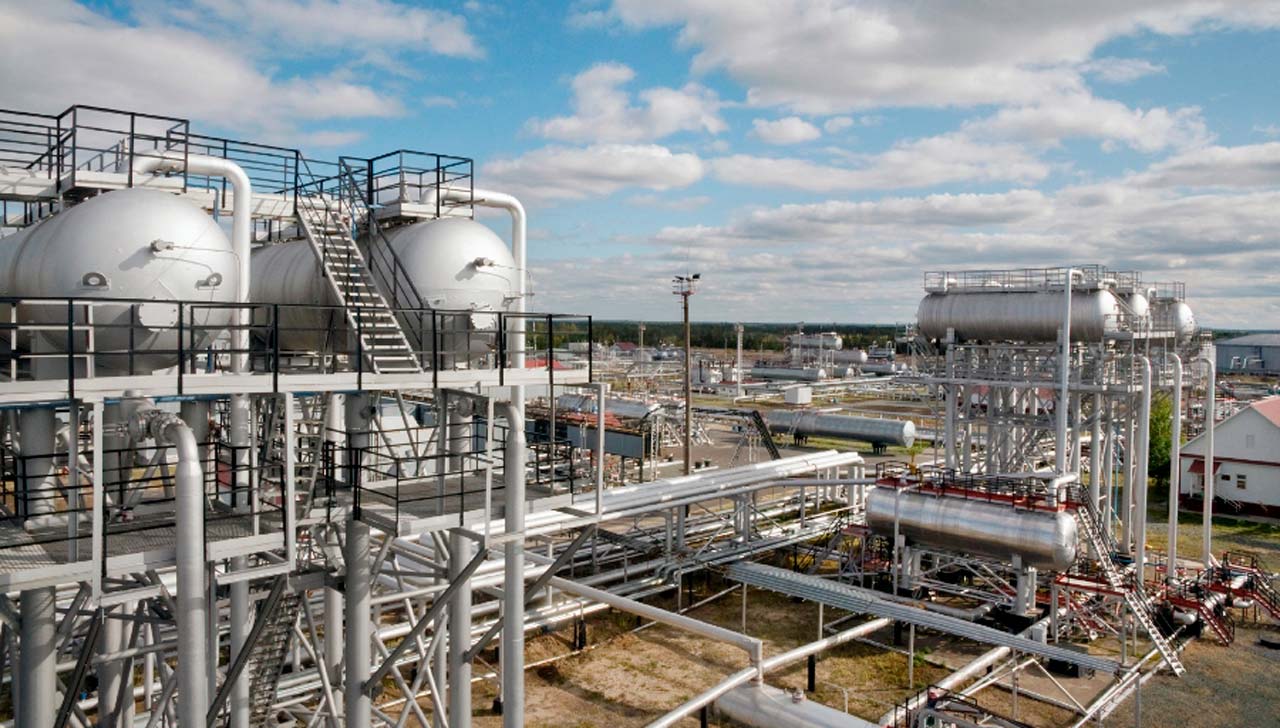Gas distribution installations play a crucial role in delivering natural gas safely and efficiently to homes, businesses, and industries around the world. As the demand for clean energy sources continues to rise, innovations in gas distribution installations are becoming increasingly important to ensure a reliable and sustainable supply. In this article, we will explore the latest advancements that are shaping the future of gas distribution, focusing on safety, efficiency, and environmental sustainability Fluides.
- Smart Monitoring and Control Systems:
One of the notable innovations in gas distribution installations is the integration of smart monitoring and control systems. These systems leverage advanced sensors, real-time data analytics, and artificial intelligence to continuously monitor gas flow, pressure, and quality. In the event of any abnormalities or leaks, these systems can quickly detect and respond, preventing potential hazards and ensuring the safety of both the public and the environment.
- Advanced Leak Detection Technologies:
Traditional methods of leak detection are being replaced by cutting-edge technologies that enhance accuracy and speed in identifying potential leaks. Laser-based methane detectors, acoustic sensors, and infrared cameras are among the innovative tools used for early detection of leaks. This not only minimizes the risk of accidents but also contributes to reducing greenhouse gas emissions, as methane is a potent contributor to climate change.
- Pipeline Materials and Design:
Advancements in materials science have led to the development of high-strength and corrosion-resistant materials for gas pipelines. These materials not only improve the longevity of the infrastructure but also reduce the risk of leaks and maintenance requirements. Additionally, innovative pipeline designs, such as flexible and modular systems, allow for easier installation and adaptation to varying terrains, making gas distribution installations more versatile and cost-effective.
- Renewable Gas Integration:
As the world transitions towards a greener future, the integration of renewable gases into existing gas distribution systems is gaining momentum. Hydrogen, biomethane, and synthetic natural gas produced from renewable sources are being injected into the gas grid, offering a cleaner alternative to traditional natural gas. This transition supports the decarbonization of the gas sector and contributes to overall efforts to mitigate climate change.
- Automation and Robotics:
Automation and robotics are playing a significant role in optimizing gas distribution installations. Drones equipped with sensors are used for aerial inspections, while robotic devices are employed for pipeline maintenance tasks in challenging or hazardous environments. These technologies not only improve efficiency but also enhance worker safety by reducing the need for manual intervention in potentially dangerous situations.
Conclusion:
In conclusion, the evolution of gas distribution installations is driven by a commitment to safety, efficiency, and sustainability. The integration of smart monitoring systems, advanced leak detection technologies, innovative pipeline materials, renewable gas integration, and automation is reshaping the landscape of the gas industry.



